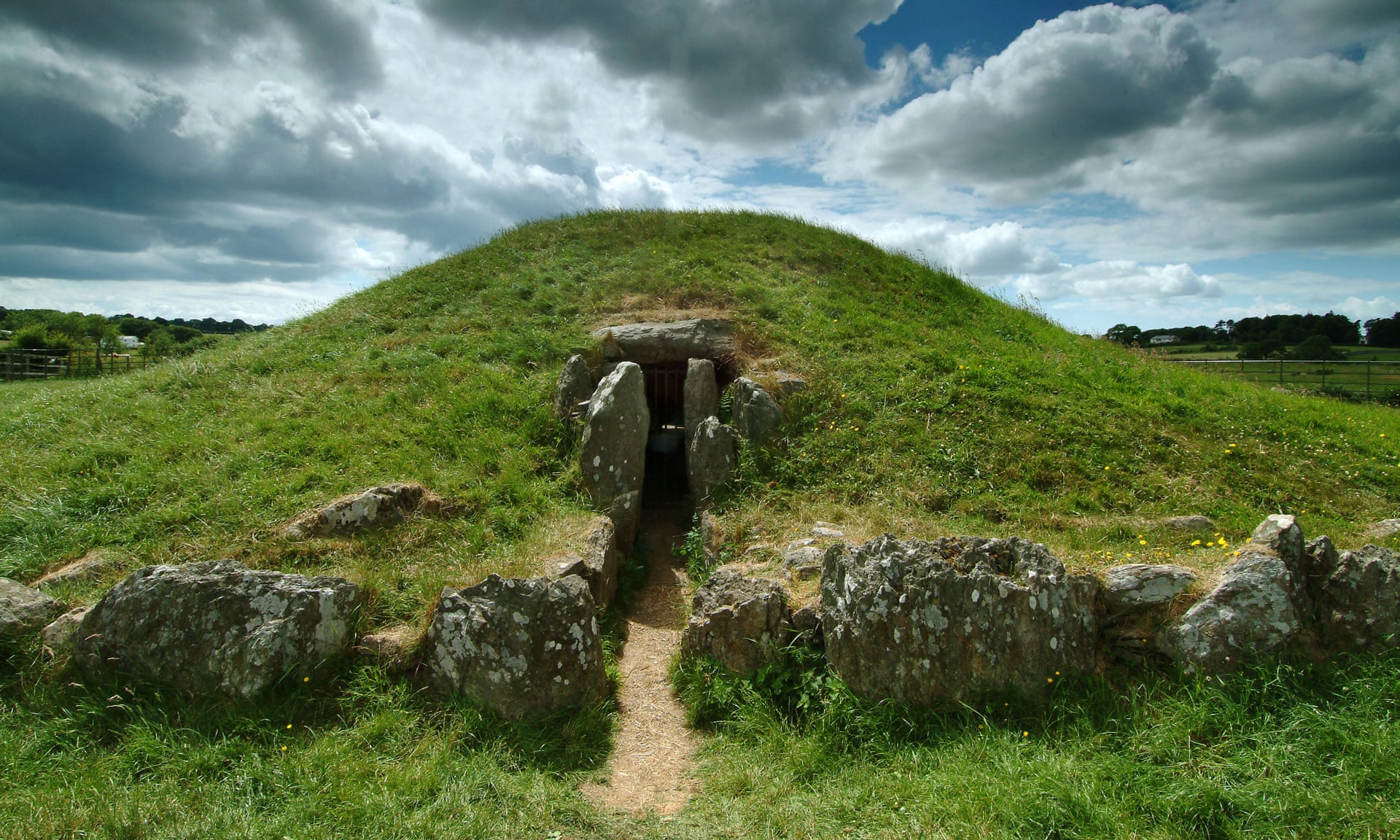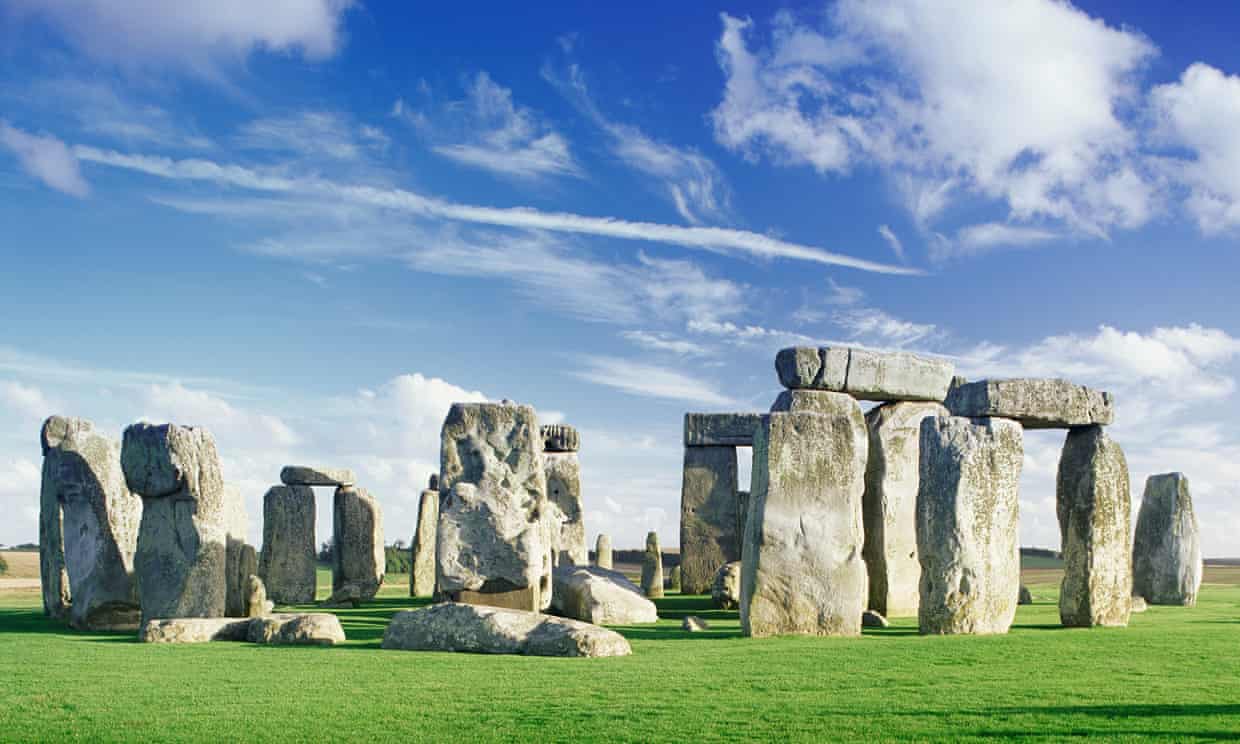Archaeologists washing evidence of the iron works and pottery
Archaeologists say pre-Roman Britons who lived in a rural location since the 4th Century BC may have enjoyed Mediterranean oil and wine.
Radiocarbon analysis of a dig site showed there was a settlement at Ipplepen, Devon, for about 1200 years longer than previously thought.
The discovery of Roman pottery suggests there was a community trading widely with the Roman world.
University of Exeter archaeologists are digging at the site this month.
Read the rest of this article...























